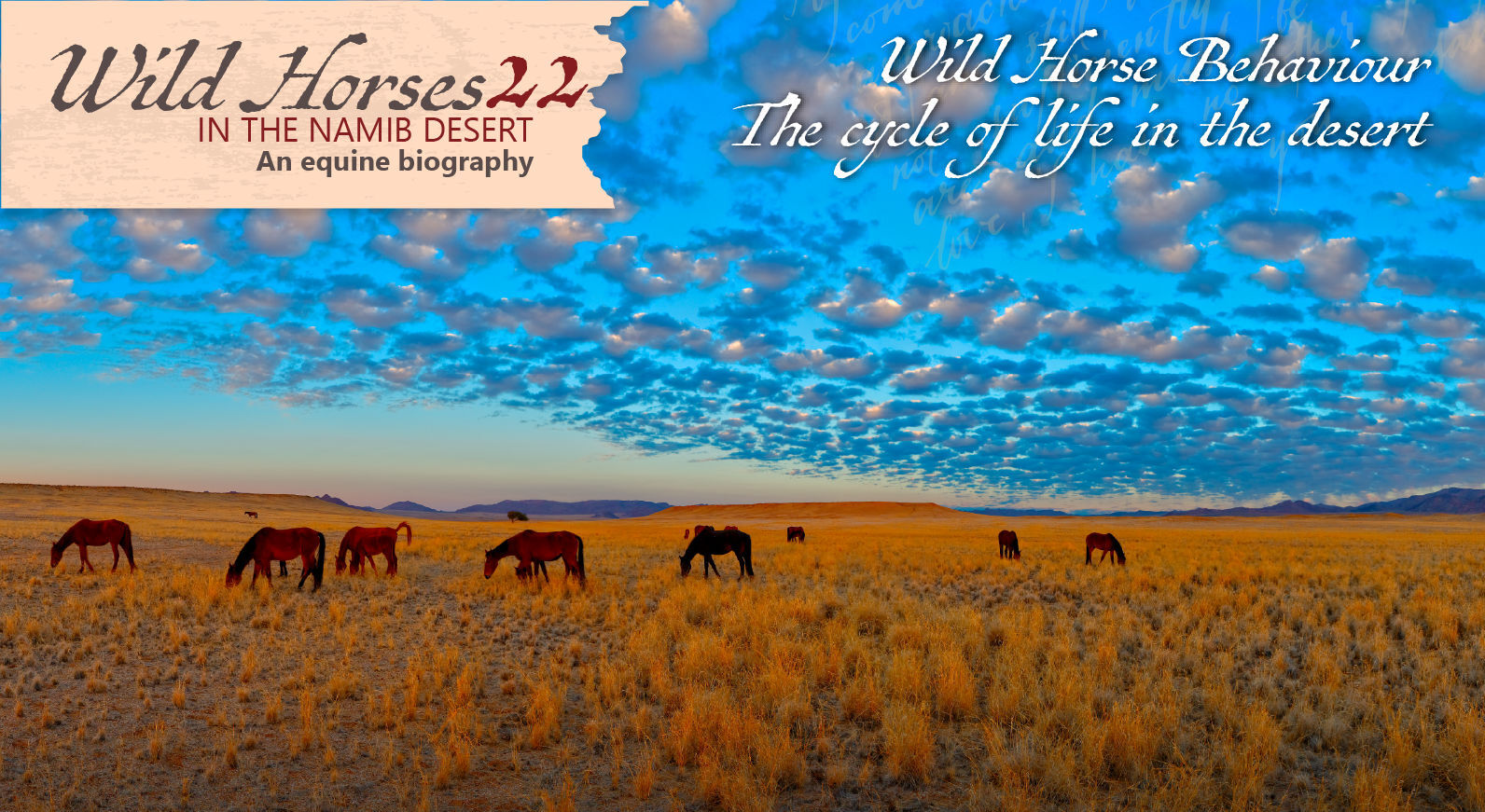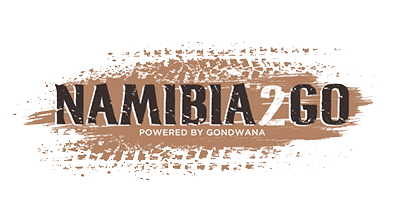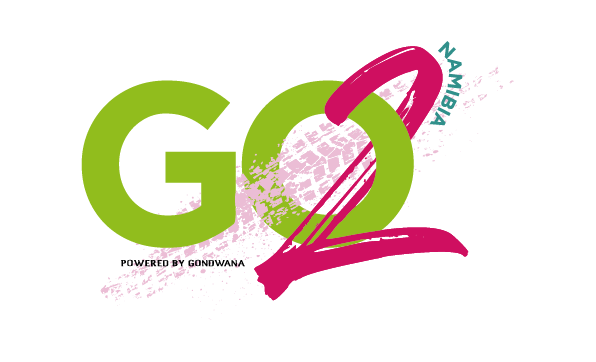Set in southern Namibia, Great Namaqualand, ‘Bittersweet Karas Home’ is the story of three families, the Hills, Walsers & Hartungs, whose lives merge and intertwine in a semi-arid land that presents both hardship and blessings. Over the next few months, we would like to share this bittersweet saga with you from the (as yet) unpublished book.
CHAPTER TWO
Homes Lost and Found: The Walsers’ journey from the Rhine River to the Kalahari Desert
One day in 1882, Swiss businessman, Carl Wilhelm Walser, crossed the Orange River at Houmdrift into Great Namaqualand. He travelled light in a Cape cart that contained few possessions. Behind him lay the ruins of what had once been a bright future in Cape Town as the junior partner of the Hoffmann & Walser Import Company. The company was founded soon after his arrival in Cape Town on the Walmer Castle on 17 July 1876. After Carl’s return from a business trip to Europe in 1879, he was faced with his partner’s unexpected and untimely death. The company slid into bankruptcy despite all Carl Wilhelm’s rescue efforts. He was less likely to encounter his creditors north of the Great River. He also had the address of a former Great Namaqualand client he had once supplied with hunting rifles and ammunition, a Mr Charles Henry Hill, whose farm was a few days’ travel north of the Orange River.
Carl Wilhelm looked younger than his 27 years, and was as clean and well-dressed as one can be on a long and dusty journey. His handsome boyish looks had bothered him in his Cape Town days when he had wanted to look distinguished as the co-owner of an up-and-coming company. He now felt young and vulnerable. As an antidote to depressing thoughts, he kept himself busy while travelling past Tulbagh, Leliefontein, O’okiep, Steinkopf and Pella. He was writing a report for the ‘Ostschweizerische Geographische-Commercielle Gesellschaft’ (Eastern Swiss Geographical Commercial Society). He wanted to remain in the society’s good books even after this financial downfall. Most of the information had been garnered from talks with a string of hospitable and knowledgeable missionaries and farmers. He was also writing a letter to his father, Carl Adrian, in which he referred to his partner’s tragic death, the long Depression that had created havoc in the USA, Britain and Europe and the economic depression affecting South Africa in the early 1880s. Drought after drought, and the ensuing pests, had destroyed grain crops and cattle, and the speculation-induced share mania in the Kimberley diamond mine had led to the collapse of banks and businesses. He mentioned that one of his mistakes had been to sell wares on credit without sufficiently checking buyers’ economic standing. He added that he would send samples of semi-precious and precious stones he came across on his journey. In his letter to his mother Rosa, he asked her not to worry about him or to doubt his ability to deal with whatever fate might send his way. His letter to his younger brother, Otto, who hero-worshipped him, was cautionary, conveying the darker side of exotic ventures. His sisters, Frida and Rosa (Rösli), received drawings of a gemsbok and an acacia tree. He also offered to send gemsbok horns for Frida’s husband.

A fierce-looking and multi-ethnic group of Namas, Basters, Kora, Griqua, San, runaways and white ‘drosters’ agreed to ferry Carl Wilhelm across the Orange or Great River from the Cape Colony. The Great River was also referred to as the Gariep in Nama and Groot Revier in Cape Dutch. They cautioned him: “You have to cross at once. There are heavy rains in Lesotho’s Maluti Mountains and the river may soon turn into a raging torrent. We have a raft for your cart and some swimmers to manoeuvre the raft, your two horses, cargo and yourself safely across the river.” He looked at the flotsam and jetsam of an expanding Cape Colony and decided that he had no choice but to trust them. They demanded fees that sounded exorbitant, but he accepted them without any protest because he lacked the energy to contest the price. His horses nibbled the grass on the banks and drank from the river. The river swirled, eddied and carried branches and logs. It supported lush grass stalks on its banks, a gallery of tall trees and thickets in-between. Although the horses were a hardy breed, they would all need to prepare for the dry stretch ahead.
The men communicated among themselves in Cape Dutch, which he understood reasonably well. He spoke English like all Cape Town businessmen but had picked up Cape Dutch, which was not that difficult for somebody whose mother tongue was German. The Khoi talked about the Great Water Snake that wore a bright stone on its forehead and could dam up the river with twists of its body, making it run dry or overflow its banks.

Being Swiss he was tempted to add the diminutive ‘li’ to all nouns, even an embroidery machine. While the Germans, newcomers and upstarts in economy and science often talked big, Swiss modesty was a welcome contrast. The innovative schiffli embroidery machine designed by Swiss engineer, Isaak Groebli, allowed his father’s brother, Emil, to become a successful London businessman. Carl Wilhelm had a trader’s apprenticeship with his uncle. When on 13 January 1878, Swiss geographers and businessmen met in St Gall to found the Ostschweizerische Geographisch-Commercielle Gesellschaf, they were aware of the other geographical societies in Europe that were linked to their nation’s projects. It would be unwise to lose out completely on the scramble for Africa, even though landlocked Switzerland would never be a maritime or world power. There was, however, a global Swiss diaspora. There were people like Emil Walser, a London merchant in the employ of Herisau’s Zähner & Schiess embroidery and textile company, and his London-based nephew, Carl Wilhelm Walser, with knowledge of the English language and commercial skills. Carl Adrian, Carl Wilhelm’s father, had won a gold medal as a jeweller in a Bern exhibition and had organised the Swiss Pavilion in the 1873 Vienna World Exhibition. The Geographical Commercial Society was willing to invest 10 000 Franks in the Cape Town-based import company, Hoffmann & Walser. Carl Wilhelm merely had to accept this offer and step onto a Cape Town-bound boat.

(Join us every Sunday to take a step back in time and follow the interesting, sometimes sweet, sometimes heart-wrenching tale.)


.jpg)
.jpg)





.png)

SUBMIT YOUR COMMENT